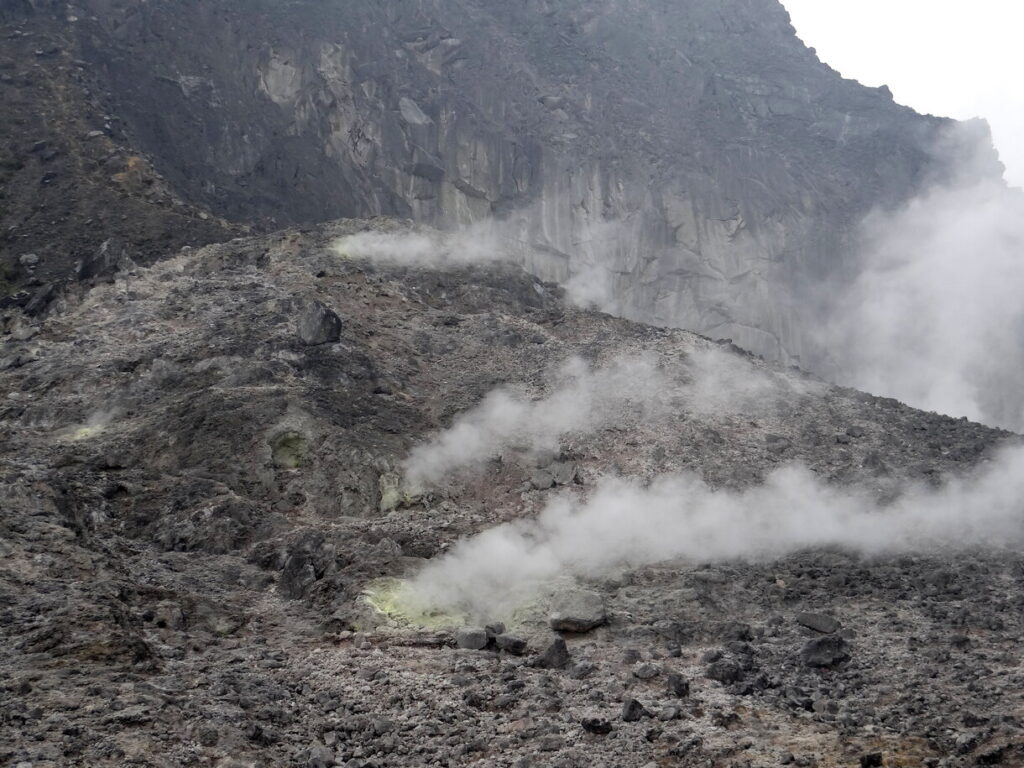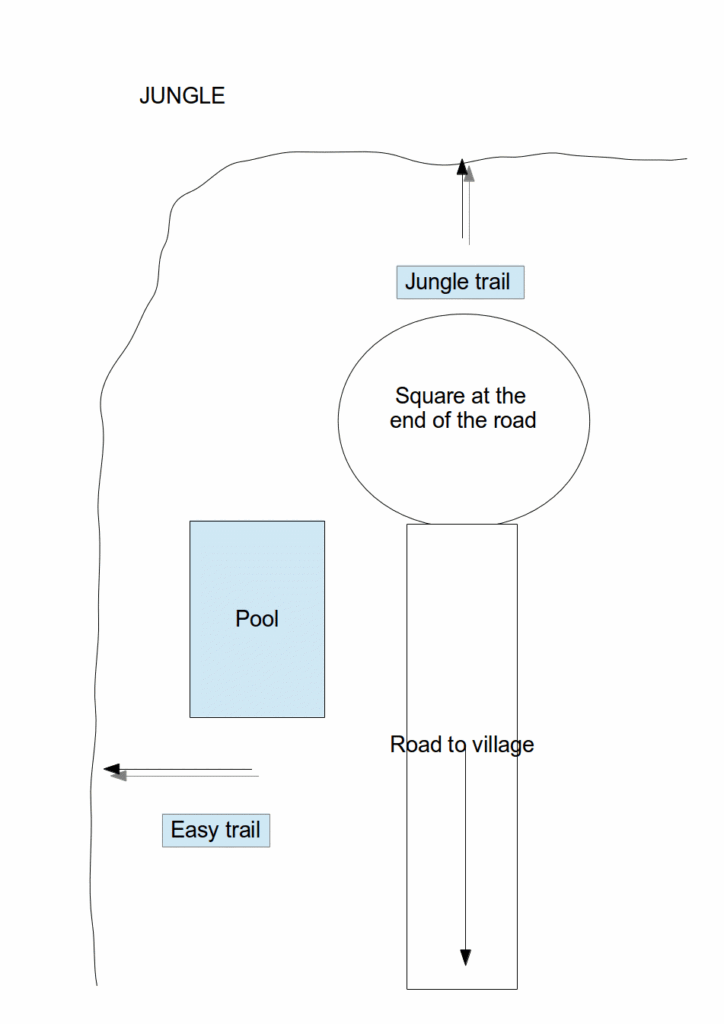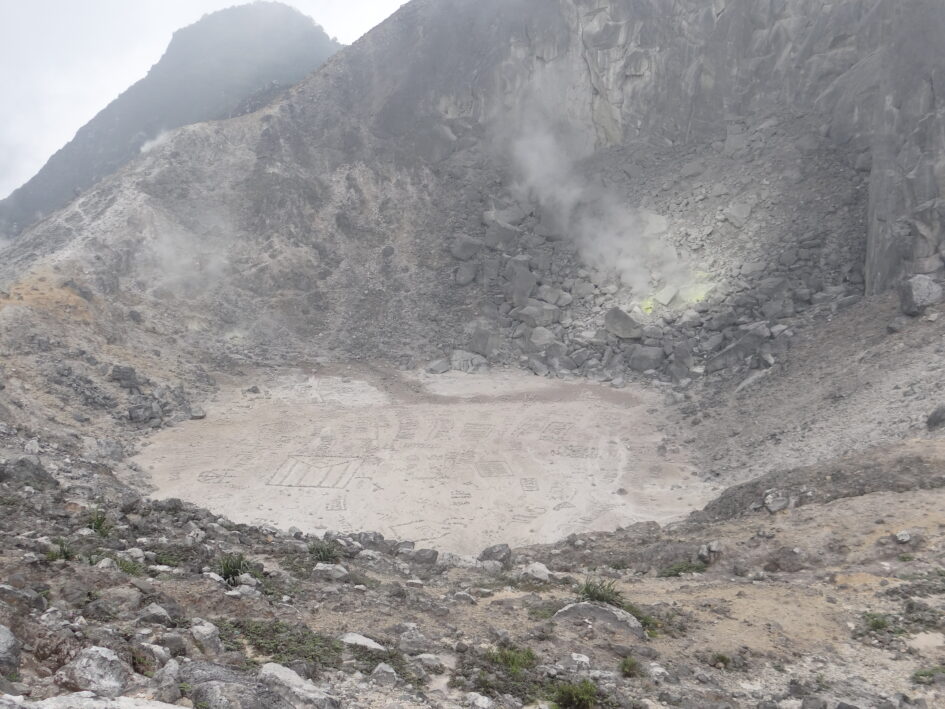Sumatra: Berastagi – In the Kingdom of Fiery Mountains
Berastagi, a charming town situated at 1400 meters above sea level, is a true haven for volcano enthusiasts and admirers of traditional Batak culture. Surrounded by two active volcanoes – Gunung Sibayak (2212 m) and Gunung Sinabung (2460 m) – it offers unforgettable natural and cultural experiences.
How to Get to Berastagi?
The most convenient route from Bukit Lawang is via Medan – although it looks like a detour on the map, in practice it’s the fastest option:
- Bukit Lawang to Medan: 3 hours, 15,000 IDR (public bus)
- Medan to Berastagi: 3 hours, 17,000 IDR (minibus)
Historical tidbit: Berastagi was a favorite summer retreat for Dutch colonizers escaping the heat of Medan. Several colonial villas still stand today.

Accommodation in Berastagi
Guest House Thalia is an excellent budget choice (100,000 IDR for a triple room). Despite basic amenities (cold water only), it has a cozy charm, and the homemade breakfasts featuring the owner’s legendary strawberry jam are a real treat.
Tip: Evenings in Berastagi can be chilly (as low as 15°C), so bring some warmer clothes.
Climbing Gunung Sibayak
This active volcano is one of the easiest mountains to conquer in Indonesia. It’s best to start your hike early in the morning:
- Take an oplet (shared minivan) to the trailhead (2,000 IDR)
- Pay the entrance fee (4,000 IDR)
- Optional jeep ride up to the mountain base (40,000 IDR for 3 people)
Two routes to the summit:
- Easy path – paved, resembling a village road
- Jungle trail (recommended!) – requires long pants and a long-sleeve shirt but offers a truly wild experience

A Dangerous Neighbor: Gunung Sinabung (2460 m), the second volcano nearby, remains closed to tourists following a tragic eruption in 2014 that claimed 16 lives. It serves as a reminder that despite their beauty, Sumatra’s volcanoes are powerful forces of nature.
Descending via an Alternative Route
As Lonely Planet advises: “Finding the path down is a bit tricky. When you reach the crater, turn 90 degrees to the right (counterclockwise), climb onto the rim, and start looking for stone steps leading down the other side of the mountain…“
This route passes by hot springs, perfect for relaxing after your climb.

Traditional Lingga Village
Beyond the volcanoes, a visit to the traditional Batak village of Lingga is well worth your time. Its distinctive wooden houses with ornate gables showcase the unique architecture of this ethnic group.
How to get there? From Berastagi, take a RIO bus to Kabanjahe (5,000–7,000 IDR), then a local oplet to Lingga.

Cultural curiosity: The Batak people were once known for cannibalism – as late as the 19th century, they consumed war captives. Today, they are predominantly Christian, celebrated for their hospitality and rich musical traditions.
Berastagi is the perfect place to experience both the power of Sumatran nature and authentic local culture. Climbing a volcano, soaking in hot springs, and visiting a traditional village create an unforgettable blend of adventures.

Leave a Reply